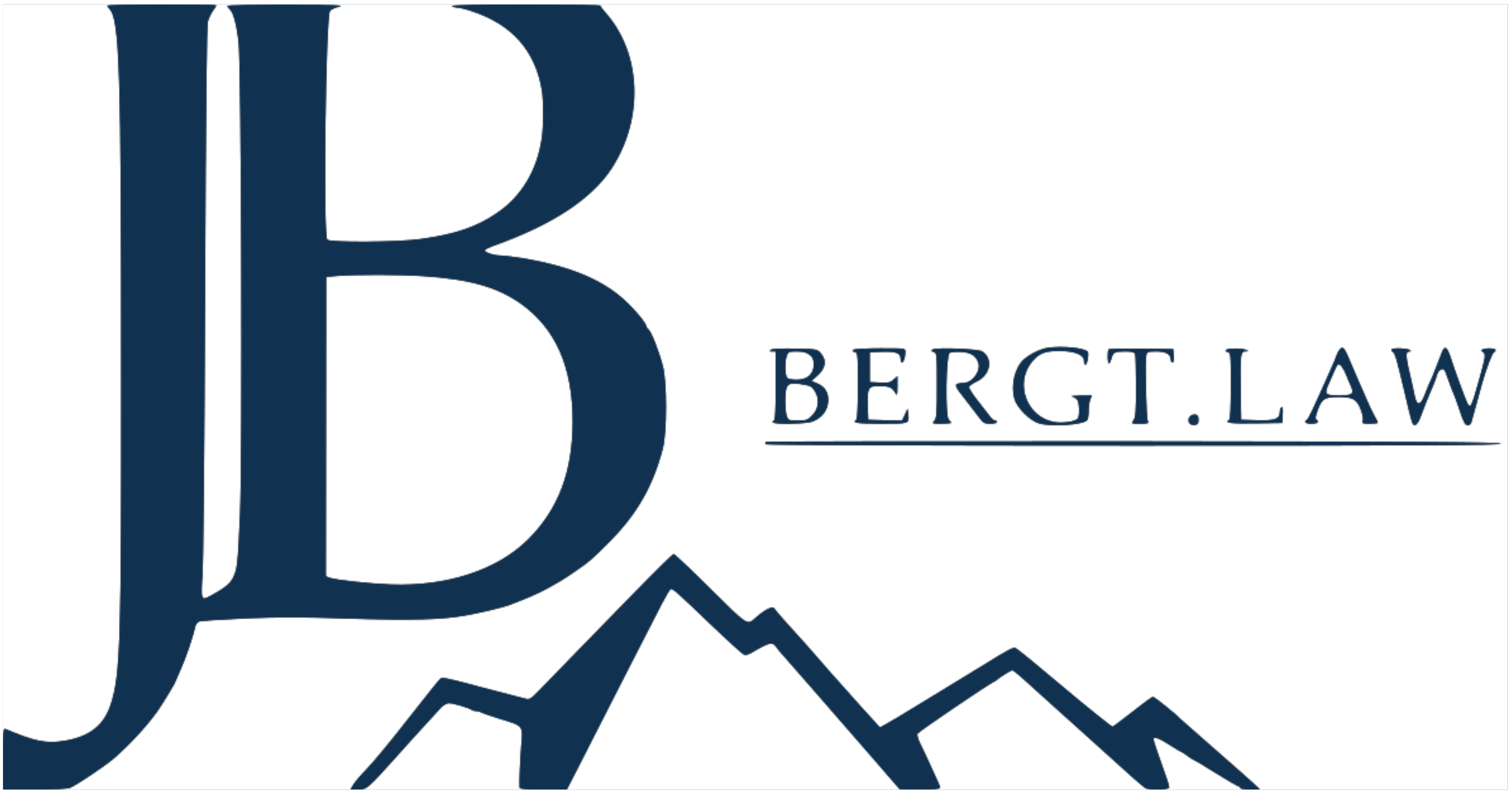Law Firm Bergt & Partners Ltd., Liechtensteinoffice@bergt.law+423 235 40 15
Josef Bergt
2023
In the legal landscape of Liechtenstein, the dissolution and liquidation of legal entities is a process that is governed by specific regulations. The dissolution of a legal entity does not mean its deletion from the Commercial Register, but rather, it signifies the commencement of a new phase, typically the liquidation phase. A legal entity can be dissolved in accordance with the law or the articles, by means of a resolution adopted by the supreme managing body, in specific cases by means of a court judgement, by the opening of bankruptcy proceedings on the grounds of illiquidity or over-indebtedness, or by a court judgement if all of the shareholders who took part in setting up the legal entity were not of legal capacity.
The dissolution of a legal entity for reasons other than bankruptcy results in its liquidation. The liquidators of the legal entity are the managing and representative members, unless liquidation is assigned to other persons in the articles or by a resolution of the supreme managing body or if the liquidator is appointed ex officio.
The liquidator or liquidators are responsible for conducting the liquidation. The powers of the management are transferred to the liquidator or liquidators as managing bodies. At least one of the liquidators must fulfil the criteria pursuant to Art. 180a PGR or as a legal entity must hold a license pursuant to Art. 13 of the Liechtenstein Law Concerning the Professional Trustees and Fiduciaries.
The liquidator or liquidators shall first make an inventory of the company, arrange for creditor calls, terminate the current business, realize the assets of the company and settle the liabilities. Any liquidation surplus is then distributed and finally, an application will be made to delete the legal entity from the Commercial Register.
Next, the liquidator or liquidators must issue an appeal to creditors, also known as a debt appeal or creditor call. This involves informing known creditors of the dissolution of the legal entity and asking them to register their claims. Unknown creditors are invited to file claims through notices published in Liechtenstein national newspapers or any other manner prescribed by law. This call for creditors must be performed a total of three times.
Following the call for creditors, the liquidator or liquidators must prepare a liquidation balance sheet. This document provides a detailed account of the company's assets and liabilities, which is crucial for the subsequent steps of the liquidation process.
The liquidator or liquidators then proceed to terminate current operations, settle liabilities, and exploit the assets of the company. This involves ceasing all business activities, paying off debts, and selling off the company's assets.
Once all liabilities have been settled, any remaining assets are distributed among the shareholders. This distribution of assets marks the final stage of the liquidation process before the legal entity is deleted from the Commercial Register.
The deletion from the Commercial Register signifies the end of the legal entity's existence. This step is carried out once all the previous stages of the liquidation process have been completed.
If, after the deletion and its entry in the Commercial Register, further assets subject to distribution are discovered, the Office of Justice shall, upon application by parties such as members, creditors or ex officio, have the assets distributed in administrative proceedings by officially appointed liquidators in accordance with the order of priority under insolvency law.
Source: Factsheet AJU/ h70.042e.01
Executive Summary:

Address
Law Firm Bergt & Partners Ltd.
Buchenweg 6
P.O. Box 743
9490 Vaduz
Liechtenstein
Phone
+423 235 40 15
office@bergt.law